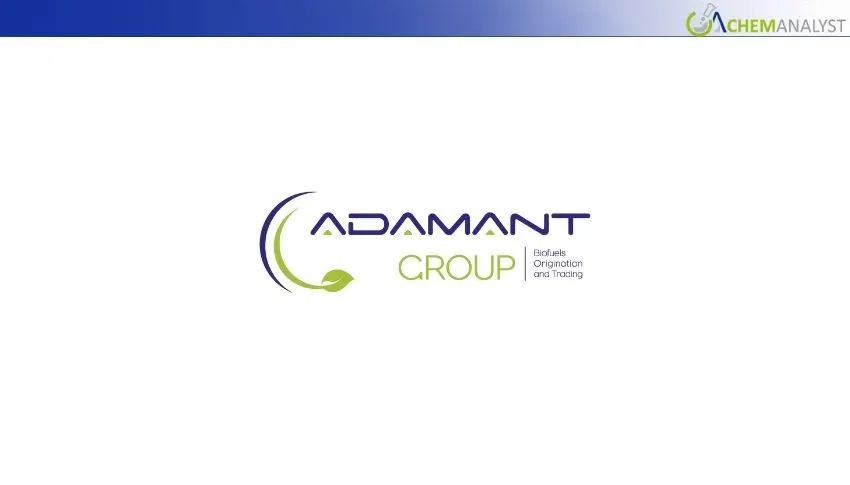Welcome To ChemAnalyst

Geopolitical and regulatory shifts, such as the EUDR and the U.S. 45Z credit, are fundamentally redrawing global trade routes for materials like Used Cooking Oil (UCO), demanding a new emphasis on supply chain ownership, flexibility, and traceability for market resilience.
The advanced biofuel sector is undergoing a profound transformation, moving the core of risk management from the trading screen to the shipping yard, according to the Adamant Group. At a recently concluded conference in London, Emanuele Fratantuono, Adamant’s Business Development Manager, presented a compelling new paradigm: in the volatile world of waste-based feedstocks, risk is now fundamentally logistical.
Fratantuono participated in a high-level panel, “Managing feedstock risks and exposure - why are hedging tools and logistics so important for biofuels markets?”, where he argued that owning the physical supply chain is the new basis for market resilience. “Our screens hedge the obvious; our logistics hedge the real,” Fratantuono stated, underscoring the limitations of traditional financial hedging tools in a market lacking a mature forward curve for complex materials like Used Cooking Oil (UCO).
The discussion emphasized how significant regulatory and policy changes are rapidly reshaping global supply dynamics. The EU Deforestation Regulation (EUDR) is actively slowing the flow of palm and PFAD-streams, dramatically increasing demand for traceable, waste-based sources, including UCO, animal fats, and Annex IX-A residues. This has led to a major geographic pivot: while Southeast Asia remains important, trade routes are increasingly shifting toward re-export hubs in the UAE, Turkey, and India. Meanwhile, Latin America is emerging as the next critical frontier for sourcing.
On the demand side, the U.S. Clean Fuel Production Credit (45Z) is having a major, though indirect, impact on European markets. The incentive is reportedly causing UCO flows originating in China to pivot away from Europe and towards the U.S., effectively "locking molecules in domestic U.S. markets" and disrupting established global flows. Fratantuono succinctly framed the new market reality: “EUDR filters supply, 45Z cages demand, and we traders live in between.”
In this environment, volatility is no longer driven solely by feedstock price. Instead, factors like freight rates, storage capacity, and complex certification capacity have become primary market movers. Fratantuono highlighted the remarkable change in UCO’s value, now trading wholesale above $1,000/ton, a stark contrast to fifteen years ago when restaurants paid to have it removed.
This new reality makes physical control indispensable. Because "compliance defines the molecule and liquidity remains thin," the competitive advantage lies in owning the supply chain—from sourcing and processing to distribution—not just the position on a price screen.
With operations spanning over 25 countries and a fully integrated value chain, Adamant Group is leveraging its model of flexibility, traceability, and global reach to navigate this paradigm shift, which is set to intensify under the mandates of RED III and emerging policies aimed at displacing fossil fuels.
We use cookies to deliver the best possible experience on our website. To learn more, visit our Privacy Policy. By continuing to use this site or by closing this box, you consent to our use of cookies. More info.
